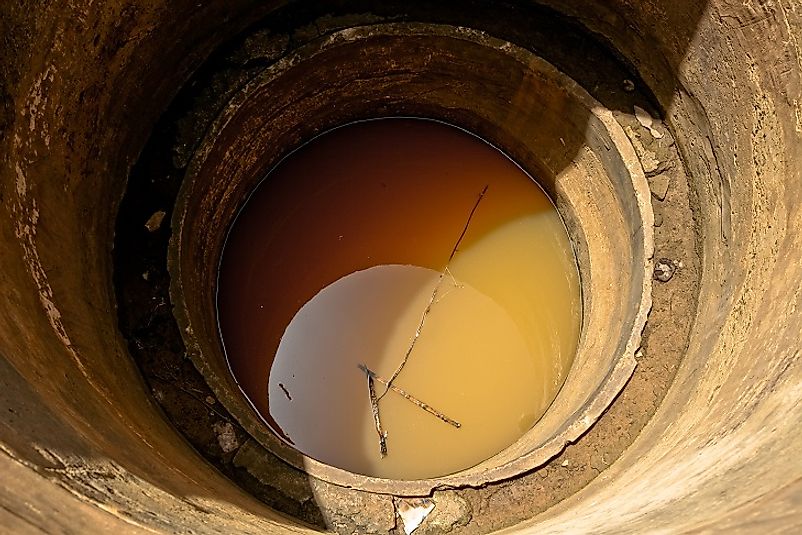Rural Areas Lacking Clean Water Sources Around The World

Of all people without access to safe drinking water around the world, 80% live in rural areas. This is five times more of rural populations than urban populations. Many developing countries are faced with the problem of lacking clean water sources to sustain the ever growing population. As per the World Health Organization (WHO) and the United Nations Children's Emergency Fund (UNICEF), access to clean water sources include those meeting a certain set of criteria. These include having piped water on premises, such as those located inside the user’s dwelling, yard, or plot, drinking points such as public pipes or stand pipes, protected dug wells, tube wells, and protected springs and rain water harvests. In these countries discussed below, only a fraction of the population have access to such improved water sources.
Angola
In Angola, just 28% of the rural population has access to clean drinking water. This has led to countless diarrhea cases, and multiple cholera outbreaks. With a majority of the Angolan population living in poverty, it is a big challenge to develop water infrastructure, which is an often exorbitantly costly endeavor in such a situation.
Democratic Republic of the Congo
Although DR Congo is one of the wettest nations in the world, only 31% of rural Congolese have access to improved water sources. One of the reasons for poor sanitation and inaccessibility to clean water is lack of infrastructure. Most water sources are not well guarded from pollution and bacteria contamination. This exposes the concentrated population to high risks of diseases such as cholera and diarrhea.
Equatorial Guinea
With over 71% of the total population living in rural areas, only 32% can access improved water and sanitation. Lack of water infrastructure such as piped water, exposes the few dependent water sources to contamination from surface run off when it rains. Additionally, there lacks wastewater management practices which creates the problem of contamination of drinking water. A lot of waste water is left to run without proper drainage systems.
Papua New Guinea
Since the 1990s, the Papua New Guinea government has laid strategies to achieve improved sanitation and water access, aided by UNICEF. There is still a lot to be done, with only 33% of the rural population able to access clean water. This is due to lack of infrastructure in most schools, where there are no piped water systems. During the dry seasons, water shortage is a big challenge for school goers who are forced to close down for a few days.
Other countries with little access to improved water sources among their rural populations include Madagascar, Mozambique, the Republic of the Congo, Togo, Afghanistan, and Haiti.
Reasons for a Lack of Clean Water Sources in These Rural Areas
Most developing countries have more than half of the population dwelling in rural areas. Access to improved water sources is hampered by several factors. The poor populations in these countries cannot afford the cost of putting up piped water systems into their homes. Lack of proper water infrastructure exposes clean water sources to pollution and contamination from the surroundings. Rural populations prefer communal sharing of resources such as boreholes and wells. There is increased water contamination as a result of overcrowding. The water is therefore not safe for drinking as people will use the same source to fetch water for cattle, irrigation and other industrial use. Governments do not have clear policies on clean water access and sanitation. Lack of strategies makes it difficult to achieve goals set by WHO and UNICEF, to achieve global clean water access. Lack of clear sanitation goals by these countries allows water pollution by industries and other sectors to continue to be seen on the rise.
Rural Areas Lacking Clean Water Sources Around The World
| Rank | Country | Rural Population With Access To Improved Water Sources |
|---|---|---|
| 1 | Angola | 28% |
| 2 | DR Congo | 31% |
| 3 | Equatorial Guinea | 32% |
| 4 | Papua New Guinea | 33% |
| 5 | Madagascar | 35% |
| 6 | Mozambique | 37% |
| 7 | Republic of the Congo | 40% |
| 8 | Togo | 44% |
| 9 | Afghanistan | 47% |
| 10 | Haiti | 48% |







